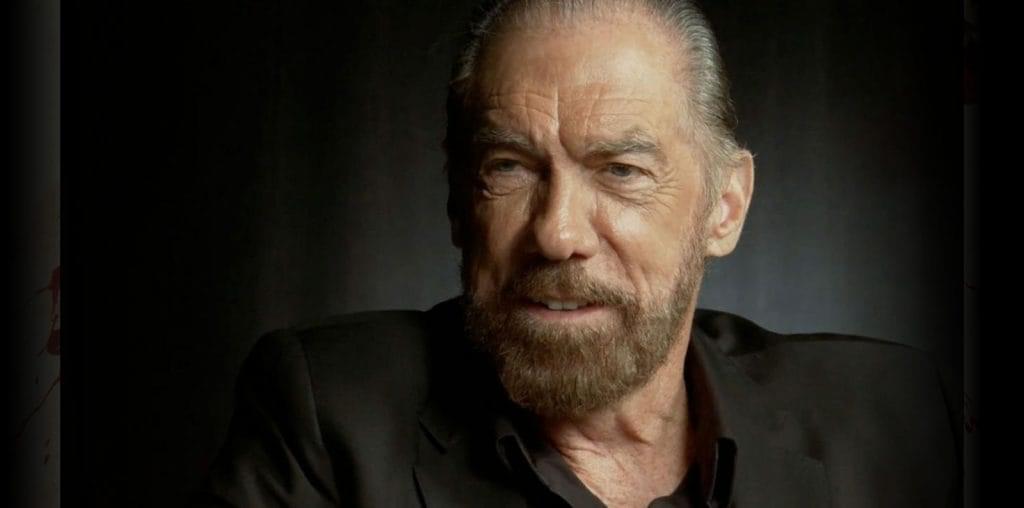
William Kamkwamba has a fascinating story. At the young age of 14 he resided in a small village in Malawai, Africa. Despite being unable to afford to go to school, he began copying his friends notes and would go to the meager library to learn on his own. Displaying an acumen for the technical, he created fans out of plastic bottles and later read about the ability of windmills to create usable energy in the many books he was self-teaching himself. At the age of 17 he built a windmill, much to the confusion of people around him, until it provided power to his family’s house. Since then, he has gone on to create many more inventions, from light switches and a water pump for his village. These are things that not only help provide daily for the people of his village, but have also saved lives that would be previously devastated by drought. His story has also been recapped in a book with the lengthly title “The Boy Who Harnessed The Wind: Creating Currents of Electricity and Hope.” In the documentary “William and the Windmill,” director Ben Nabors picks up Williams’s story and tells about his first TED talk, a conference with presenters that talk about their lives and influences in attempts to change attitudes, lives and the world, and then continues until William heads off to college at Dartmouth.
Alongside William, the film focuses on Tom Rielly, a TED regular and mentor for William, whom is catapulted to success after his memorable appearance at the TED conference. The story sees the journeys that William has to go through making many media appearances and book signings. Interspersed between his media tour of the United States are visits back to Malawai, to talk with William’s mother and to see the now three windmills he has created, and the legacy he has left behind as he is attempting to continue to improve his life here in the United States.
The unfortunate awkwardness of “William and the Windmill” is the heavy focus on Rielly, a character who has latched onto William and as such ends up feeling like a larger focus of the documentary than its true subject. Too many times are we cutting to speeches from the multi-color spectacled Reilly, to get his thoughts on current goings on with William, rather than letting the central focus of the film tell his own story. It’s nice to see the success of a young man who very much deserves it, and while it is obvious he is overwhelmed, it seems a huge loss to not turn the camera directly to him to see what he really has to say about his life, the rise of his popularity and where his journey is taking him. The film remains very much passive with regards to William and it’s unfortunate that so much time is spent with eyes turned away from him. If intent is to present a theme of assistance versus influence, the message is lost here in the one-sided storytelling. Why not ask William about how he feels about Reilly’s influence?
The one truly heartfelt and intriguing moment comes at the end, when William is finally separated from the overbearing blanket of Reilly’s influence. We finally get a sit down where he’s asked about the contract for his life story that Reilly seemed to think was no big deal. Is it a big deal? Does he sign it? And more importantly how does William feel about it? The film will tell you, and it’s those last few moments that finally turn the light on William. The results are fantastic, but at that point it just feels too late to redeem a muddled and unfocused movie. On the positive side, the film’s existence allows people to have William Kamkwamba’s story revealed, and it’s a worthy one of being told.
